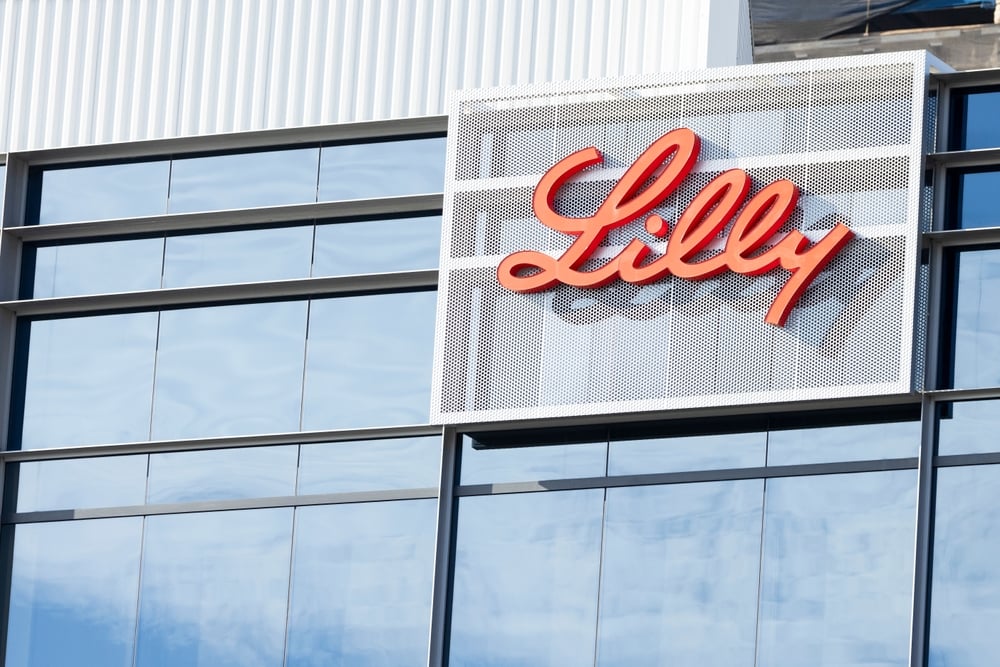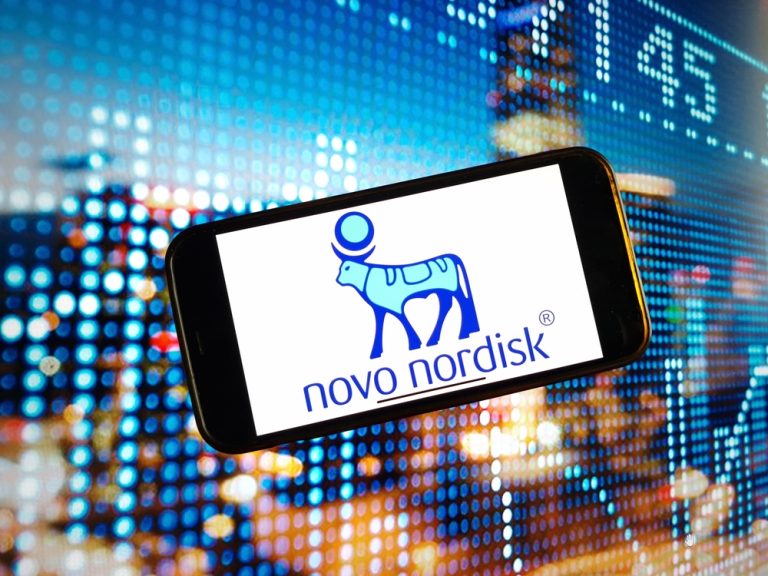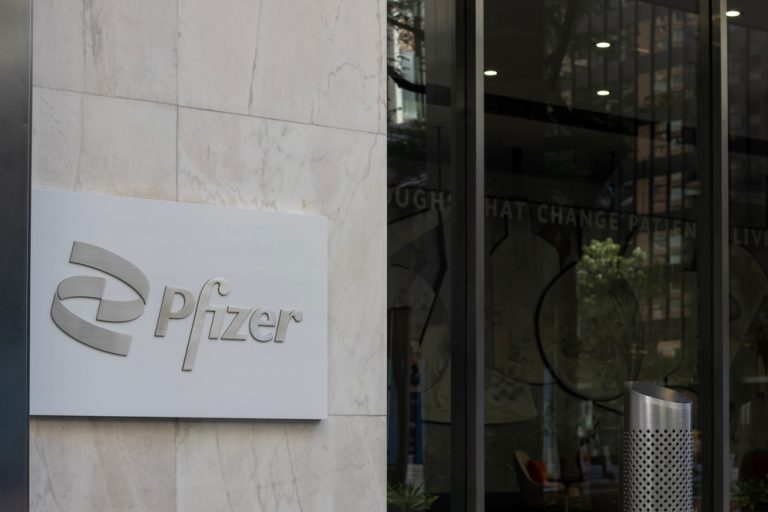Eli Lilly, the world’s most valuable drugmaker, saw a sharp decline in its stock price after missing quarterly sales expectations for its blockbuster weight-loss drugs, Mounjaro and Zepbound. Despite the setback, the company’s long-term prospects remain solid, thanks to a robust market for obesity treatments. With more than 40% of U.S. adults considered obese, Eli Lilly’s foray into the GLP-1 drug market holds substantial growth potential.
High Valuation and Investor Expectations
Eli Lilly’s stock has tripled since 2022, driven by enthusiasm for its weight-loss drugs, pushing its market capitalization to over $860 billion at its peak last month. However, its high price-to-forward-earnings multiple of over 50 times underscores the pressure the company faces to meet expectations. In comparison, competitors like Pfizer trade at just 11 times earnings, indicating the premium investors place on Eli Lilly’s promising product pipeline.
Given these high expectations, Eli Lilly has little room for error. The recent dip in stock — down as much as 11% in pre-market trading and later stabilizing to a 9% loss — reflects the market’s sensitivity to any perceived shortfall in performance.
Sales Miss Linked to Inventory, Not Demand
Eli Lilly reported $3.11 billion in quarterly sales for Mounjaro, falling short of analysts’ expectations of $3.6 billion. While Zepbound sales also missed projections at $1.26 billion, both drugs continue to show impressive year-over-year growth. Mounjaro’s revenue more than doubled from $1.4 billion in the previous year, and Zepbound, a newer weight-loss treatment, shows similar promise.
These missed expectations are largely attributable to inventory issues rather than weak demand. Previously, Eli Lilly faced production challenges in meeting the high demand for Mounjaro and Zepbound. By the third quarter, a manufacturing ramp-up had eased these constraints, but wholesalers opted to sell down existing inventory instead of ordering more. This strategy allows wholesalers to assess which dosages are most popular before restocking, leading to a more efficient supply chain.
Demand for Weight-Loss Drugs Remains Robust
A more accurate measure of demand, according to analysts, is the rate of prescriptions, which rose by 25% quarter over quarter. With an estimated 40% of American adults affected by obesity, the market for GLP-1 drugs is expected to grow substantially, with some projections putting its value at $150 billion by 2031. The long-term outlook for Eli Lilly’s obesity treatments remains positive, especially if ongoing studies reveal additional health benefits for patients taking these medications.
Long-Term Growth Potential Despite Short-Term Setback
Although Eli Lilly has lowered its full-year sales guidance to $46 billion from $46.6 billion, the underlying growth potential of its weight-loss drugs remains intact. As inventory issues resolve and demand for effective obesity treatments continues to rise, Eli Lilly is well-positioned to capture a significant share of the expanding GLP-1 market. Analysts suggest that recent fluctuations in stock price may be an overreaction to temporary supply chain issues rather than a sign of weakened demand.
While the missed sales targets for Mounjaro and Zepbound briefly spooked investors, the fundamental demand for Eli Lilly’s weight-loss drugs remains strong. As production stabilizes and inventory management improves, Eli Lilly is expected to continue its growth trajectory. Given the enormous potential of the obesity treatment market, the company’s long-term outlook remains favorable, with ample room for expansion in the years ahead.






















